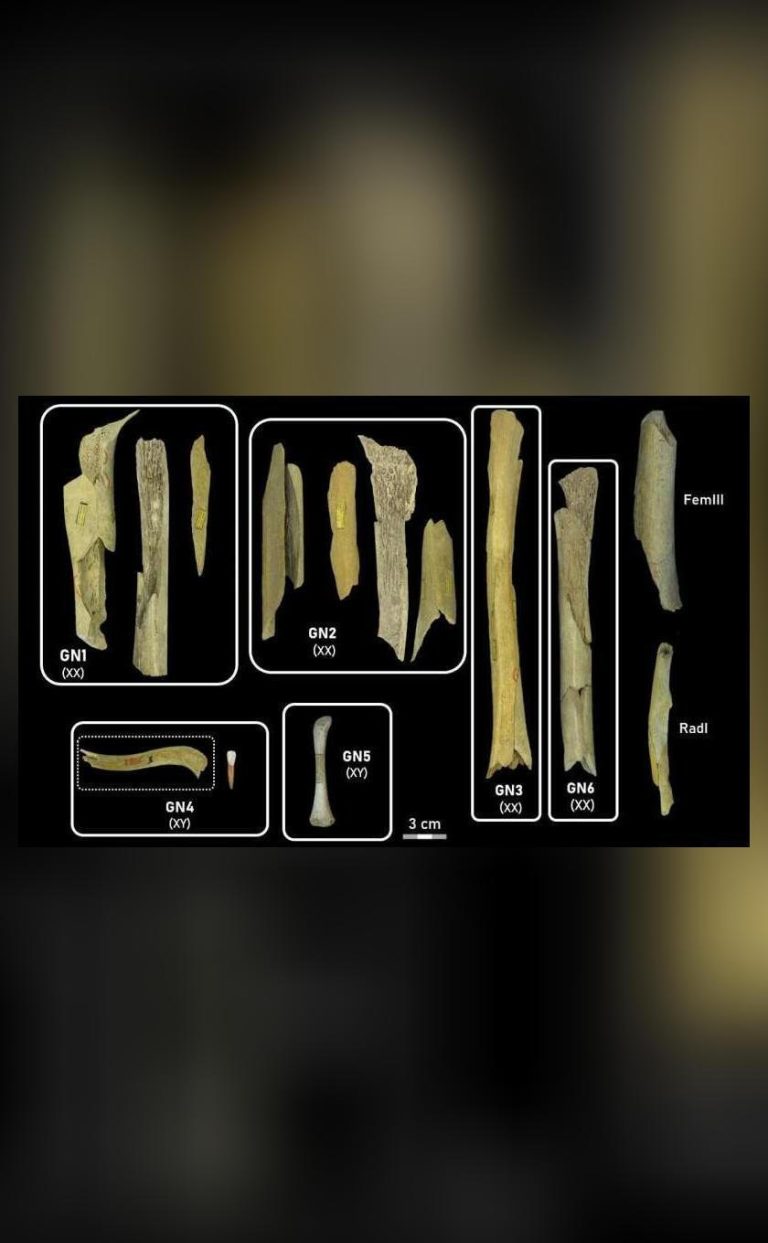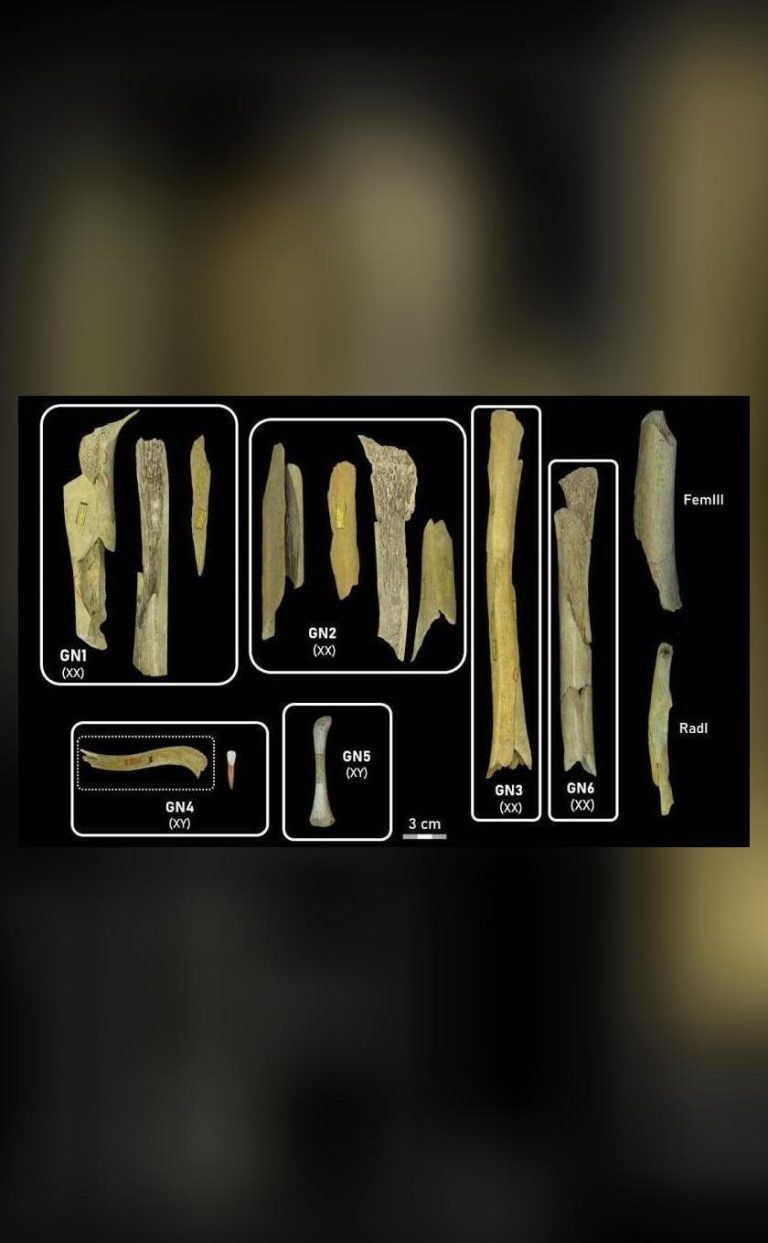
Scientists use chemical clue to find the planet that made the Moon
The origin of the Moon has long been a topic of fascination and debate among scientists. One of the most widely accepted theories is the giant impact hypothesis, which suggests that the Moon was formed when a massive object, known as Theia, collided with early Earth. However, the exact nature and composition of Theia have remained a mystery, until now. A recent study has used precise isotopic measurements from Earth and Apollo lunar samples to reconstruct the lost planet Theia, providing significant insights into its composition, birthplace, and role in shaping the Moon.
The giant impact hypothesis proposes that Theia, a Mars-sized planetary object, collided with early Earth around 4.5 billion years ago. This collision was so violent that it caused a large portion of Earth’s mantle and crust to be ejected into space, eventually coalescing to form the Moon. While this theory is widely accepted, the exact characteristics of Theia have been difficult to determine, as it was destroyed in the collision and left behind no direct evidence of its existence.
To overcome this challenge, scientists have turned to indirect methods, such as analyzing the chemical composition of Earth and Moon rocks. By comparing the isotopic signatures of these rocks, researchers can infer the presence of Theia and its potential composition. The latest study, which used advanced isotopic measurement techniques, has provided the most compelling evidence yet about Theia’s nature and origin.
The research team, which analyzed samples from the Apollo missions, found that the Moon’s composition is distinct from that of Earth, with subtle differences in the isotopic ratios of certain elements. These differences suggest that Theia had a unique chemical signature, which was imparted to the Moon during the collision. By comparing these signatures with those of other planetary bodies in the solar system, the researchers were able to reconstruct Theia’s likely composition and birthplace.
The results of the study indicate that Theia likely originated even closer to the Sun than Earth, which has significant implications for our understanding of the early solar system. This proximity to the Sun would have resulted in Theia having a distinct chemical composition, with higher concentrations of certain elements and isotopes. The study’s findings also suggest that Theia was a relatively small planetary object, with a mass similar to that of Mars.
The discovery of Theia’s likely composition and birthplace has significant implications for our understanding of the Moon’s formation and evolution. The Moon is thought to have played a crucial role in the development of life on Earth, with its gravitational influence stabilizing Earth’s axis and creating a relatively constant climate. The study’s findings provide new insights into the Moon’s origins and the processes that shaped its composition, which can inform our understanding of the Moon’s role in the development of life on Earth.
The research team’s use of advanced isotopic measurement techniques has provided a powerful tool for reconstructing the history of the solar system. By analyzing the chemical signatures of planetary bodies, scientists can gain insights into their composition, origin, and evolution. This approach has the potential to revolutionize our understanding of the solar system, enabling researchers to reconstruct the formation and evolution of other planetary bodies and gain a deeper understanding of the complex processes that have shaped our cosmic neighborhood.
In conclusion, the latest study on Theia’s composition and birthplace has provided significant insights into the Moon’s origins and the early history of the solar system. The use of precise isotopic measurements has enabled researchers to reconstruct Theia’s likely composition and origin, providing the strongest evidence yet about its role in shaping the Moon. As scientists continue to explore the solar system and analyze the chemical signatures of planetary bodies, we can expect to gain a deeper understanding of the complex processes that have shaped our cosmic neighborhood.





